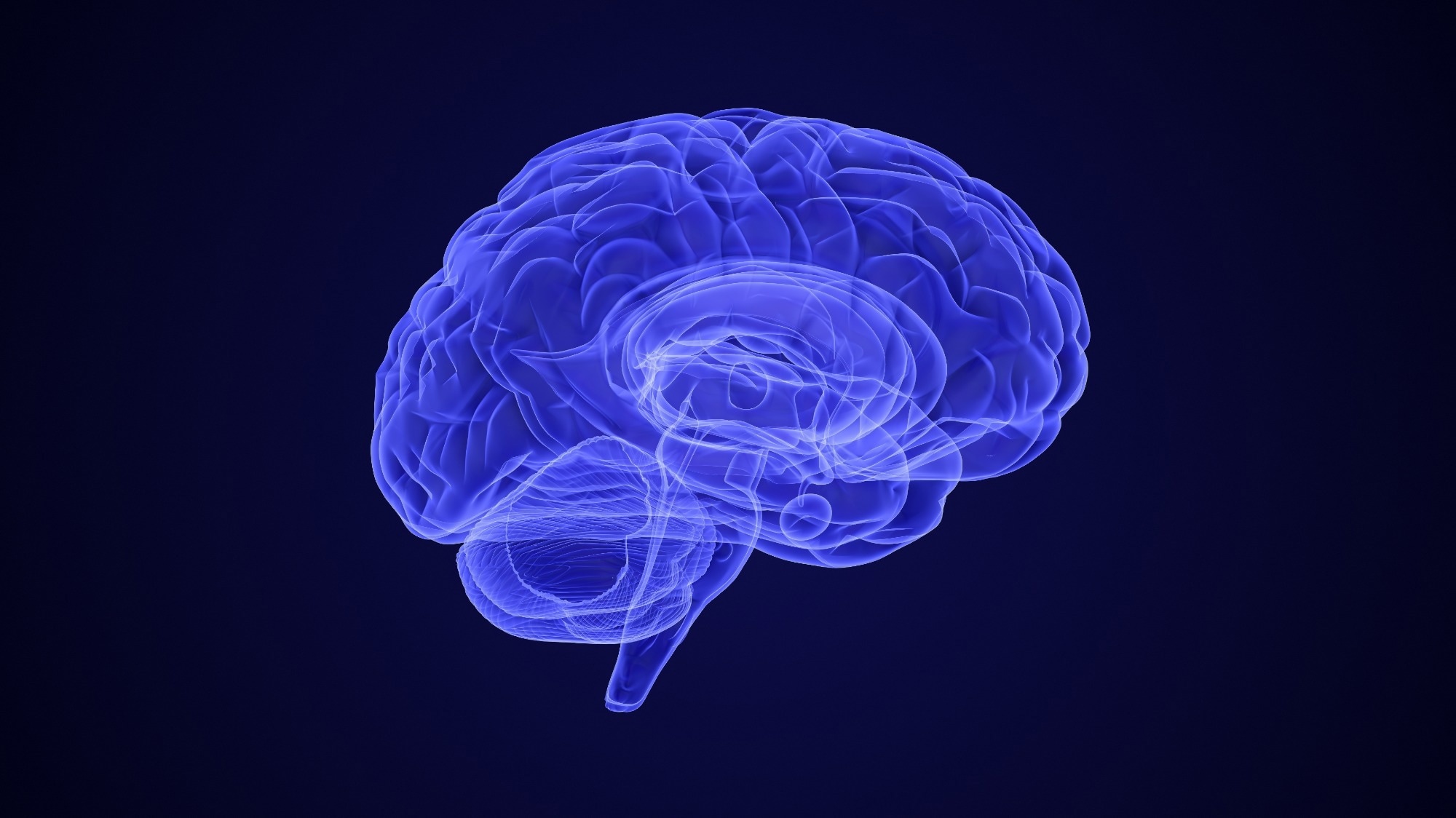Groundbreaking MRI study links brainstem damage to long COVID symptoms in survivors.
Study: Quantitative susceptibility mapping at 7 T in COVID-19: brainstem effects and outcome associations. Image Credit: Silver Place/Shutterstock.com
A recent study published in Brain performed ultrahigh field quantitative susceptibility mapping (QSM) of the brainstem in coronavirus disease 2019 (COVID-19) survivors post-hospitalization.
Introduction
Neuroradiological changes have been reported in hospitalized COVID-19 patients. Cerebral microhemorrhages, white matter hyperintensities, and encephalopathy are the most common acute findings. Moreover, brainstem involvement, with inflammatory responses and neurodegeneration, has been observed in COVID-19.
These brainstem abnormalities have been proposed as a mechanism for post-acute COVID-19 syndrome (PACS). Nevertheless, conventional 3 Tesla (3T) magnetic resonance imaging (MRI) has not shown consistent brainstem abnormalities at follow-up. As such, advanced MRI techniques, e.g., QSM, have the potential to identify more subtle changes.
QSM can detect chronic inflammation in multiple sclerosis, cerebral microbleeds, and increases in iron deposition in the midbrain and basal ganglia.
Moreover, ultrahigh-field QSM (≥ 7T) enhances susceptibility contrast in subcortical and cortical tissues, enabling the detection of microstructural alterations.
About the study
In the present study, researchers investigated brainstem abnormalities by subregions using 7T QSM in COVID-19. COVID-19 patients discharged after hospitalization were recruited for 7T MRI in the United Kingdom (UK). Eligible participants had confirmed COVID-19, with no contraindications to 7T MRI and a pre-COVID-19 history of psychiatric or neurological disorders.
The lowest platelet levels and the peak D-dimer and C-reactive protein (CRP) levels during hospitalization were recorded.
During the follow-up, mental health was assessed using the patient health questionnaire (PHQ)-9 and generalized anxiety disorder (GAD)-7, and functional recovery was evaluated using the modified Rankin scale (mRS). Healthy controls (HCs) also underwent a 7T MRI.
Two control subgroups (HC1 and HC2) were scanned before December 2019, and one subgroup (HC3) underwent MRI during the pandemic. Brainstem regions of interest (ROIs) included the midbrain, medulla, superior cerebellar peduncle (SCP), and pons.
Mean susceptibility per ROI was extracted and used for subsequent analyses. In addition, voxel-wise analyses were undertaken to improve resolution.
Findings
Overall, 30 COVID-19 patients and 51 HCs were enrolled. The two groups did not significantly differ in age; however, the control group had more males than females.
The median time between hospitalization and MRI acquisition was 199 days for the COVID-19 group. The regional mean susceptibility increased in the brainstem of the COVID-19 group compared to HCs.
This increase was localized in the medulla and pons; however, the midbrain also showed a weak significant effect.
No group differences were observed in the SCP. Voxel-wise analyses identified two significant clusters in the medulla, with a substantial increase in susceptibility in the COVID-19 group. These clusters partially overlapped regions associated with body homeostasis and respiratory function.
Additional clusters were identified in the midbrain and pons at a less stringent threshold. The mean susceptibility values extracted from the two medullary clusters were positively associated with the peak CRP detected during hospitalization and weakly associated with clinical disease severity and length of hospital stay. No significant trends were observed for other variables.
Conclusions
The findings provide evidence of mid- to long-term microstructural abnormalities in the brain after COVID-19 hospitalization. Results demonstrate magnetic resonance susceptibility abnormalities in several regions in the midbrain, pons, and medulla at a median of 6.5 months following hospitalization. These differences were consistent with neuroinflammatory responses.
The fact that the affected regions are the sites of respiratory pathways highlights that lingering symptoms might be an indirect effect of brainstem inflammatory injury after COVID-19.
These effects were more pronounced in those with severe COVID-19 and were age- and gender-independent. Voxel-wise analyses revealed clusters with increased susceptibility in the raphe obscurus, raphe pallidus, and inferior medullary reticular formation nuclei in the COVID-19 group relative to HCs.
Fatigue, dyspnea, chest pain, and cough are the common symptoms post-COVID-19. Brainstem abnormalities may exacerbate or predispose to such symptoms beyond peripheral organ damage. The researchers posit that brainstem insult ensues after COVID-19 in hospitalized patients.
In sum, the study findings indicate that the brainstem is susceptible to long-term COVID-19 effects, with persistent changes evident even months post-hospitalization.
These changes were particularly pronounced in patients with increased clinical severity, worse functional outcomes, protracted hospital stays, and elevated inflammatory responses.
Ultrahigh field QSM was sensitive to these pathological changes, which could not be detected at standard clinical field strengths. As such, it could be a valuable tool to investigate the long-term impact of COVID-19 and other diseases.
Source link : News-Medica

